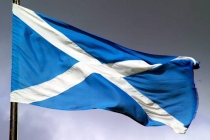Finfolk, the sinister creatures of the deep and the hidden islands of Orkney
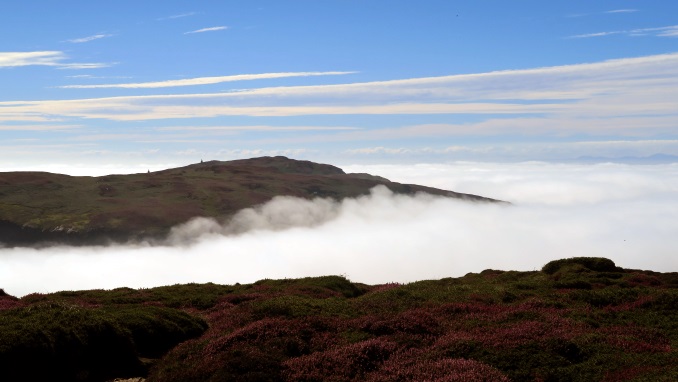
Across the Celtic world there are myths and legends about strange creatures that emerge from the sea. Some are benign, many are malevolent and there are others who live a parallel existence with humankind, but whose paths rarely cross. Many of these entities live in hidden kingdoms and palaces under the seas. At times they are associated with islands that humans cannot see and the sunken cities that are said to exist beneath the waves off our Celtic coasts. One such island is the magical vanishing island of Hildaland in the seas around Orkney, the group of islands situated off the north coast of Scotland.
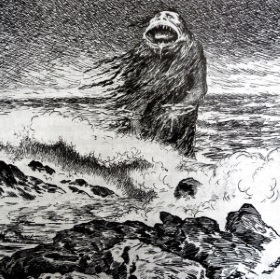
Hildaland was the summer home of the Finfolk, a group of dark sinister creatures in Orkney folklore who were known to abduct unsuspecting humans. It was the summer months when the Finfolk caused most threat to the inhabitants of Orkney. During the winter they lived in their secret mighty city and palace of Finfolkaheem, deep beneath the waves. Although dark and sinister creatures this was not reflected in the home of the Finfolk. Said to be a magnificent underwater palace with great halls of crystal, decorated with colourful curtains that flow gently with the moving currents. Finfolkaheem is surrounded by ornate gardens of multi-coloured seaweed which the great Gardens of Versailles could never hope to match. Darkness never descends in Finfolkaheem due to the soft phosphorescent glow of tiny sea creatures at night.
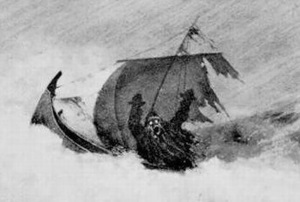
The beauty of their winter home, however, could not hide the dark sinister nature of the Finfolk. During the summer months they roam at will, changing shape, creating storms and using their great boating skills to navigate the islands of Orkney. Coming ashore whenever they wanted with one purpose in mind, which was to capture unsuspecting mortals and take them to their hidden islands. Their captives had rare opportunities to escape and would have to stay with the Finfolk for the rest of their lives becoming the wife or husband of one of their kind. Marriage to a human is preferred by the Finfolk and a Finwife in particular is loath to marry a Finman. For it is said such a partnership would result in the gradual erosion of her beauty and a loss of her magical charms.
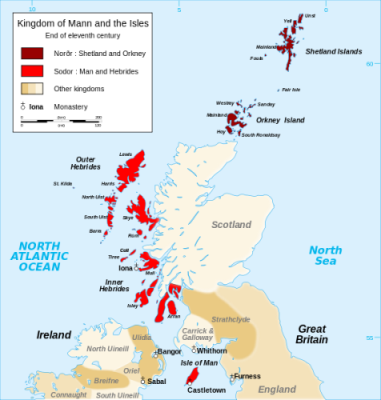
These creatures seem to have some elements taken from Celtic mythology of shapeshifting marine creatures, but mostly appear based on Norse legend. Perhaps not surprising given the strong Viking influences in Orkney. The folklore of Orkney and Shetland reflects the mixed origins of the people of the Northern Isles. The Northern Isles of Shetland and Orkney were known to the Norse as Norðreyjar. In the 9th century, the Isles were settled by Norwegians, who it is thought blended with the existing Celtic inhabitants. These Norwegians created a Norse society which remained in the islands long after they were granted to the King of Scots in 1468 and 1469. So developed a mixed folklore with both Norse and Gaelic elements. In regard to such supernatural beings as the Finfolk, there is clearly a very strong inheritance from Norse. Although the Northern Scandinavian folklore associated with the Finns points to their many magical skills, not least the ability to shapeshift and at will to turn into wolves or bears. The Finfolk of Orkney and Shetland appear to have been adapted to fit in with the island setting of the Northern Isles.
It should not be forgotten that these mythical creatures were thought to be real by many people in days gone by and there are some who still hold to a belief in their existence. In the past they gave an explanation for strange experiences or the mysterious disappearance of a young man or woman. As for magical underwater palaces, there are those who claim to have caught a glimpse of glowing, highly decorated buildings when diving beneath the waters off our Celtic coasts. The stories of secret island’s, either invisible to the human eye, or surrounded by a mysterious fog persist to this day. Many people in Orkney associate the real island of Eynhallow, a small, presently uninhabited Orkney island, with the once hidden magical Hildaland. Such stories as that of the Finfolk are an important part of the culture of Orkney, just as other myths hold a significance to the cultural tradition of each of the Celtic nations.
Content type:
- Scottish
Language:
- English

